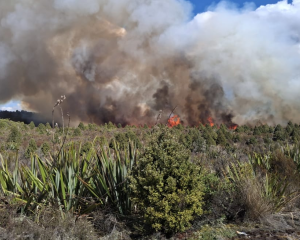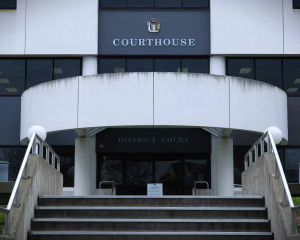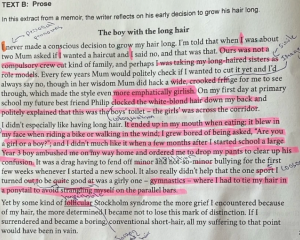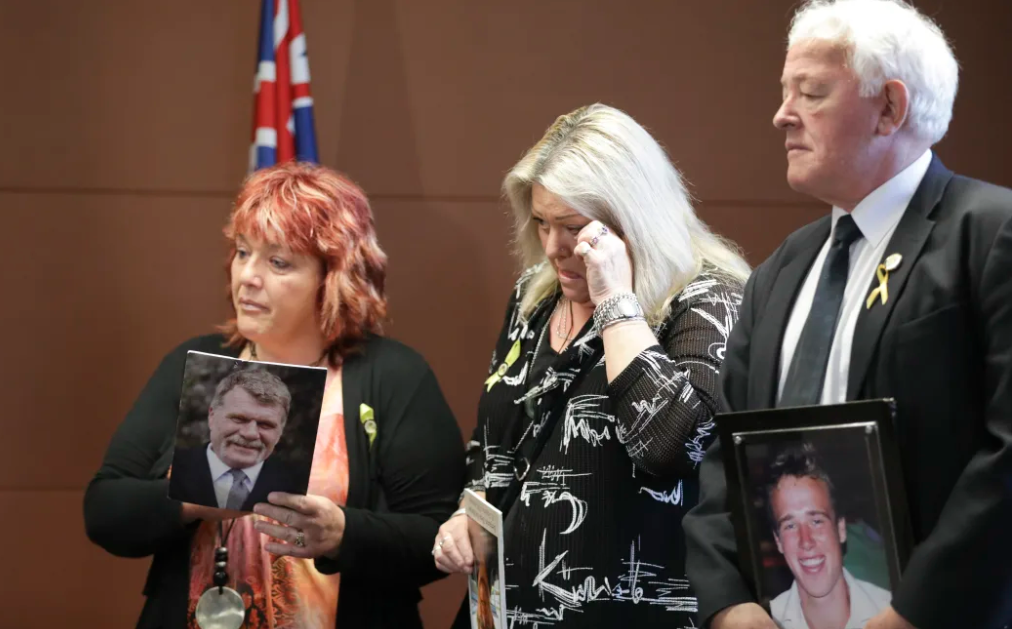
Plans to reform workplace safety rules risk repeating the deadly failures of the Pike River mine disaster, officials warn.
The proposals would shift regulator WorkSafe's focus from enforcement to guidance and cut 'red tape'.
But documents released to RNZ reveal a damning internal review found no evidence that the changes would actually reduce injuries or deaths.
WorkSafe cautioned that relying on broad guidance, rather than regulation, could create loopholes where companies engaged in unsafe practices but could not be prosecuted.
The government is pushing on with the reforms anyway, and wants to have a bill before Parliament later this year.
"That's an insult," said Sonya Rockhouse, who lost her son Ben in the Pike River mine explosion on the West Coast in 2010.
"That's absolutely an insult to the memories of our guys - and not just our guys but the rest of the people killed in the workplace every year."

In 2012, the Pike River Royal Commission found New Zealand's old safety laws lacked the teeth to prevent disaster. A 2013 taskforce called for a strong watchdog, leading to the creation of WorkSafe and the 2015 Health and Safety at Work Act, which passed with cross-party support.
The Act was designed to be a modern, proactive system, but advocates say its intent has never been fully realised. Industry-specific regulations were left unfinished, WorkSafe has been under-resourced, and over time the law's impact has been steadily weakened.
"We've been warning for a while that the system is failing. But the consensus emerging out of Pike to build a decent health and safety system has collapsed under this government," CTU president Richard Wagstaff said.

The groups stressed that while the Act remained fundamentally sound, it could not deliver without proper resourcing and follow-through.
The changes spearheaded by Workplace Relations Minister Brooke van Velden take a different path.
Her plan promised to the ACT party in its coalition deal with National, seeks to shift WorkSafe's focus from a predominantly enforcement-driven agency to one that prioritises advice, guidance and support for businesses and workers.
The guidance - called Approved Codes of Practice - will be industry-led. There will also be carve-outs for small, low-risk businesses, although who that will include has not been defined.
The changes aim to reduce what van Velden has called "costly and frustrating over-compliance" and a "culture of fear", while still improving health and safety outcomes, particularly by addressing critical risks more effectively.
WorkSafe will do this without extra funding, despite the regulator arguing it will involve extra work.

Guidance was unable to cover every situation, WorkSafe said. So-called 'safe harbours' in the codes might end up with companies complying with approved guidance - yet still engaging in unsafe practices, leaving WorkSafe unable to take enforcement action.
MBIE itself recognised a system relying on guidance rather than detailed regulation risked "repeating the failure identified by the Royal Commission and the Independent Taskforce in the wake of the Pike River Coal Mine tragedy".
But it thought it could mitigate it.
"Appropriate oversight can help ensure that the issues of the past are not revisited," a briefing said.
Documents released to RNZ also reveal scathing internal criticism about the evidence relied on to support the new policy.
Cabinet papers show the government's case for change relies heavily on anecdotal feedback it gathered at nationwide roadshows - such as complaints about perceived over-compliance and the "culture of fear" created by WorkSafe - rather than data about what actually causes deaths and injuries.
A review of the Regulatory Impact Statement (RIS) questioned whether hard evidence actually supported the claims that over-compliance or unclear guidance were the root causes of safety risks, and whether the Ministry of Business, Innovation and Employment (MBIE) agreed with that conclusion.

It also criticised the paper for its "political or manifesto language," which was presented "uncritically" by MBIE.
The reviewers found the RIS failed to assess safety outcomes at all when analysing the government's preferred policy option, despite this being one of its three stated objectives. Even after a re-write, the issue of how the changes would lead to improved safety outcomes was unresolved, the reviewers said.
"As currently drafted, this appears to be a hopeful secondary effect, rather than a core outcome deliberately sought by at least some of the proposed interventions."
Safety advocates said they were horrified at the review findings. "It's gobsmacking," Wagstaff said. "I simply don't understand how any process could fail to assess what is supposed to be the primary purpose of the law."
Labour's workplace relations spokeswoman Jan Tinetti said the minister was "ignoring" evidence and history. "She needs to think extremely carefully about the consequences of reversing these changes and not let political ideology overrule clear evidence of harm."
Francois Barton, executive director of the Business Leaders' Health and Safety Forum, said while stronger guidance and a focus on critical risk were positive, the government's reforms failed to reckon with the stark reality of workplace harm in New Zealand.
New Zealand has one of the developed world's highest workplace death rates. Fatalities are 60% higher than Australia, and more than five times the United Kingdom's.

Barton pushed back on the idea that businesses live in fear of WorkSafe. The Forum's 2024 report noted that, relative to Australia, New Zealand had fewer workplace visits, fewer inspectors, and fewer infringement, improvement and prohibition notices.
WorkSafe's own data showed many who engage with inspectors have a positive experience.
"I can't quite reconcile the idea that every single New Zealand business is shaking in their boots at the regulator - that simply doesn't resonate for me," Barton said.
The real problem was decades of political failure to follow through on health and safety basics, he said. That included making duties clear at the top with modernised regulations and codes, and proactive monitoring to ensure a level playing field.
"Those ingredients are not state secrets - they are exactly the steps taken in the UK and Australia, both of which have significantly improved rates of harm," Barton said. "We have continued the same successive failures, and our fatality rates have flatlined."
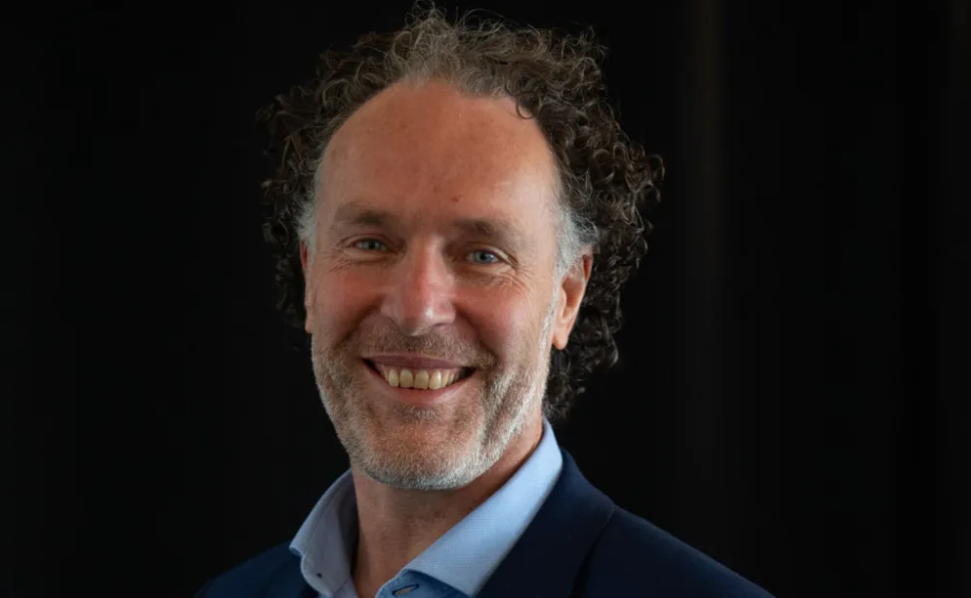
Asked specifically about the accusations that there was a lack of evidence for the reforms, MBIE said feedback indicated that businesses don't know what they need to do to manage risks and meet their legal duties.
That uncertainty, linked to a lack of guidance, overly-complex regulation and "fear" of WorkSafe had "led to a focus on paperwork instead of actions and overcompliance, which has a negative impact on business costs and productivity."
Sonya Rockhouse said after the Pike River disaster, she and the other families went into bat for stronger laws to prevent further deaths.
"I wouldn't wish what we have been through on my worst enemy. To lose somebody is terrible, but to lose them in the way that we did and know that it could've been prevented - that's beyond belief."
She was devastated to think that because of the proposed law change, someone else might suffer as the families of the Pike miners had.
"Everyone has the right to go to work in the morning and return home safely to their families in the afternoon.
"And our guys didn't. And by dulling these laws down it's going to open it up for other people to be at risk when they don't need to be."





